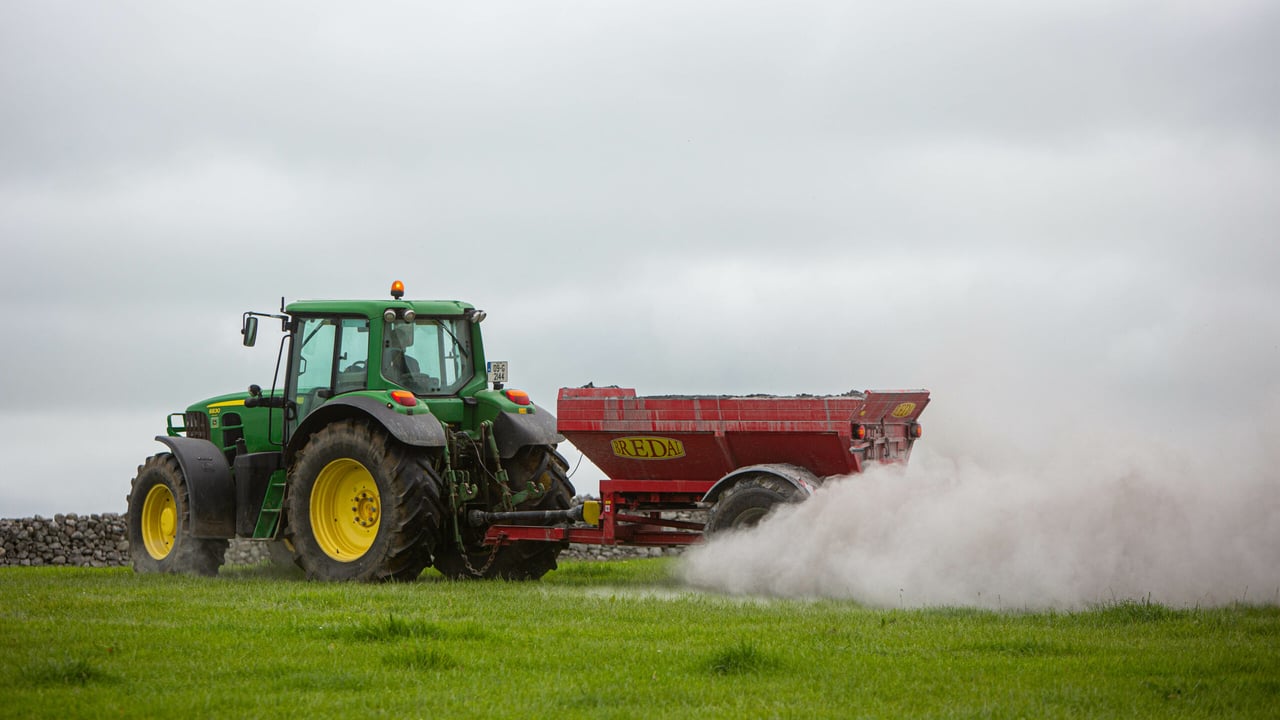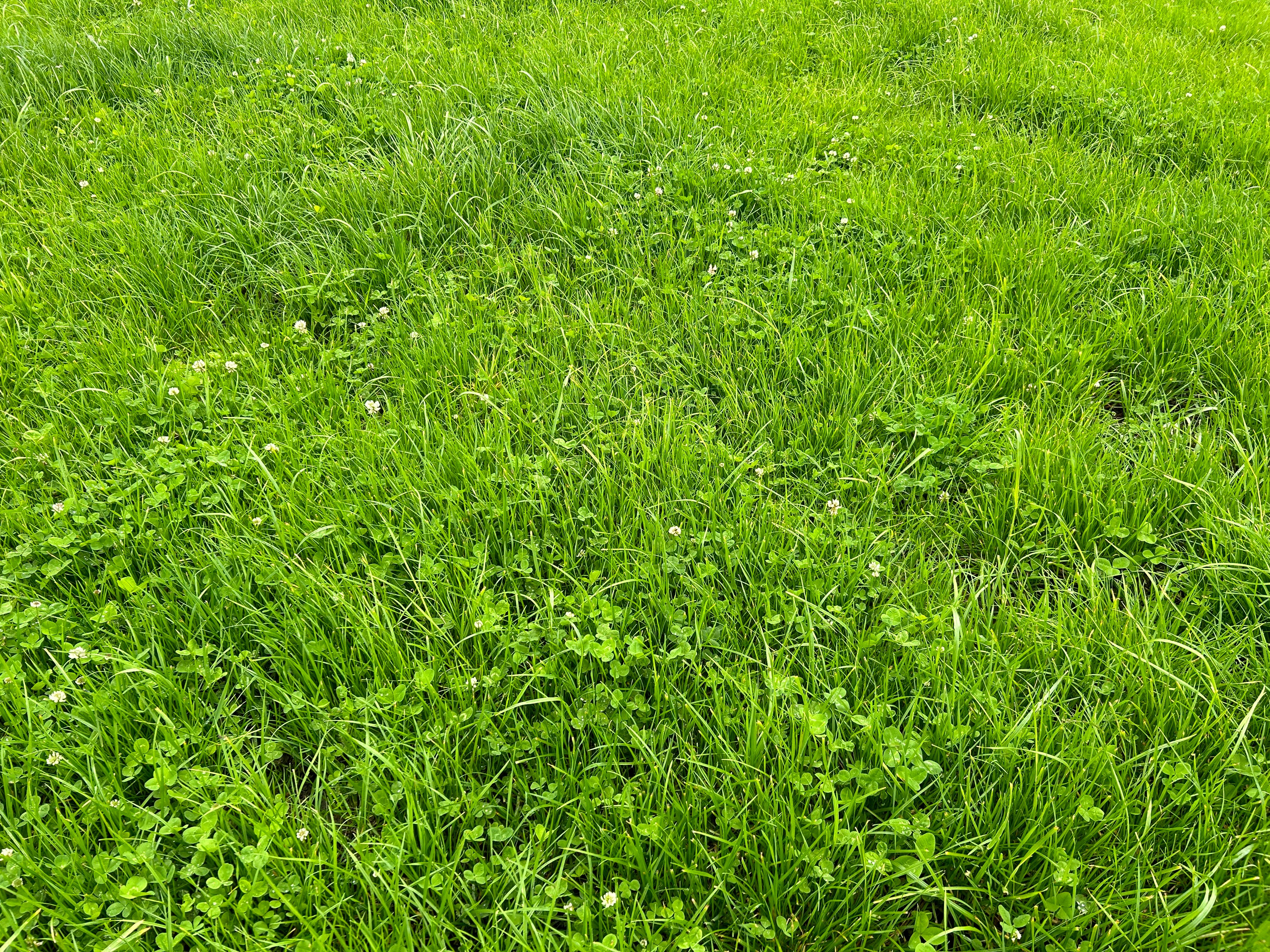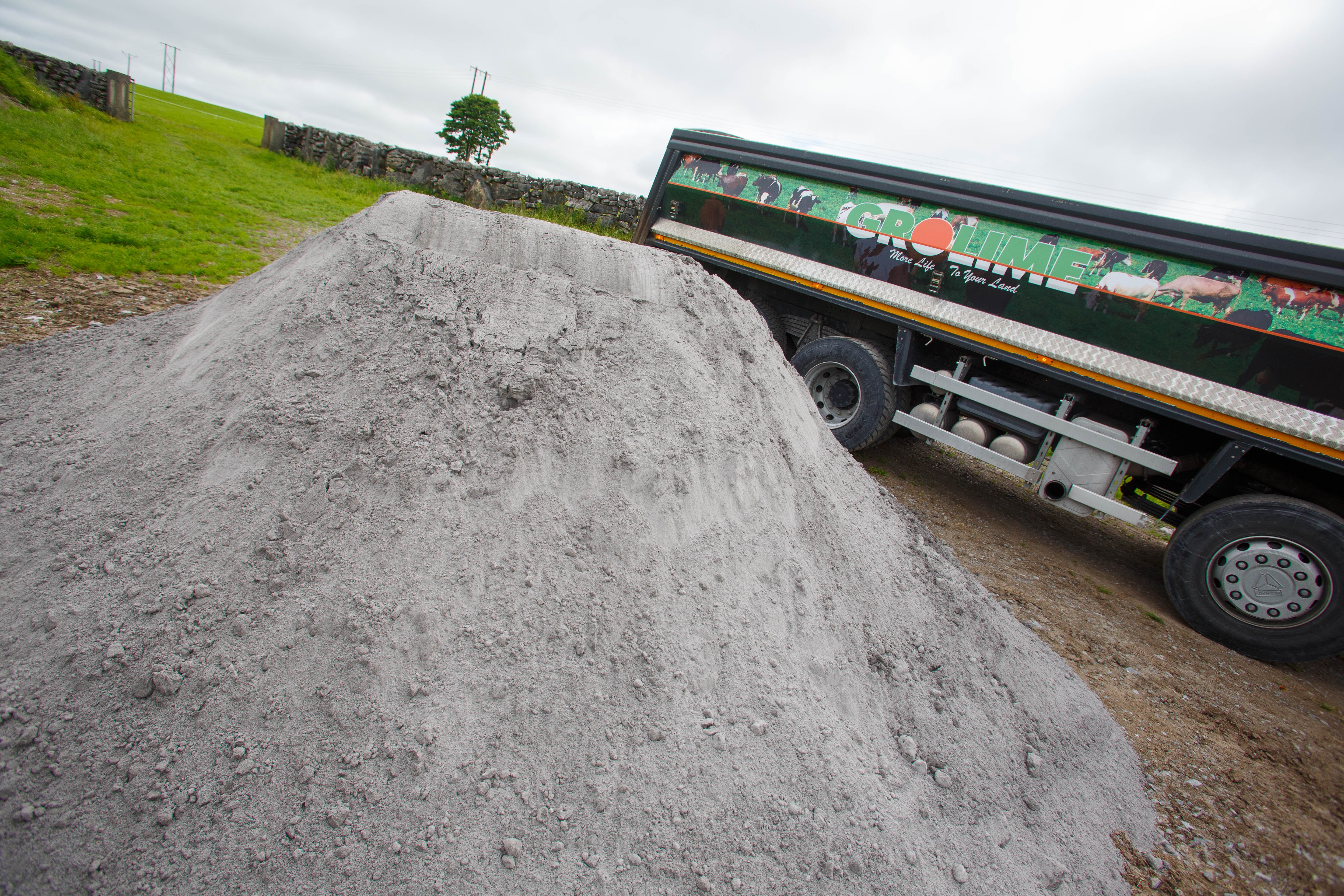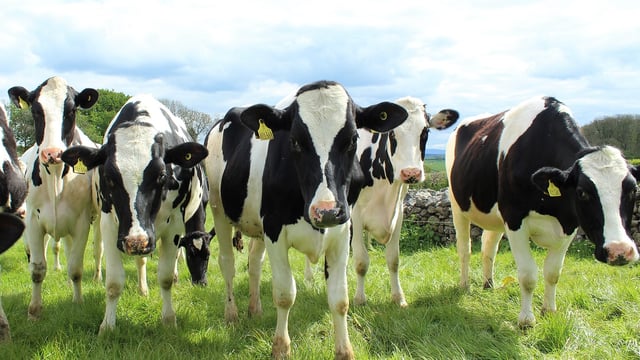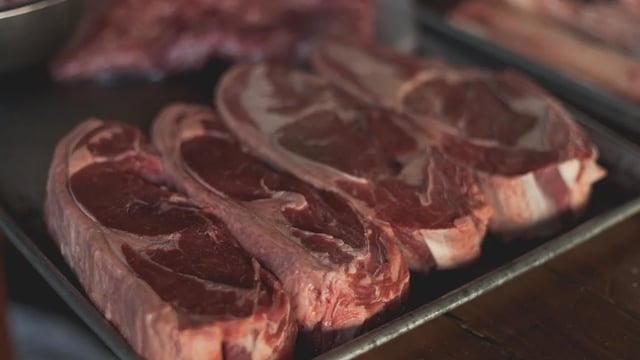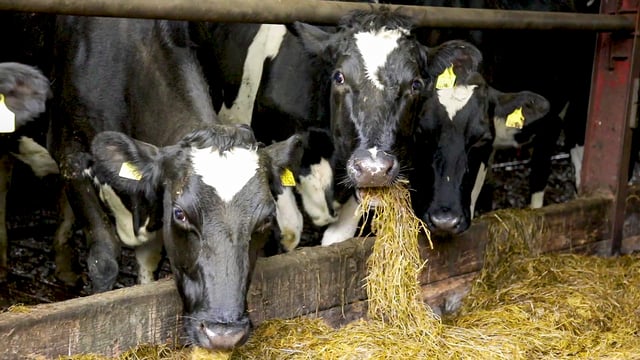Sponsored Article
Lime: Increasing fertiliser use efficiency and reducing emissions
Sponsored Article

With the continued trend of high fertiliser prices throughout the year, reducing on-farm costs remains an issue of critical importance for Irish farmers.
Optimising soil pH by the application of lime is an important tool available to all farmers to improve fertiliser use efficiency and reduce costs.
In addition, the application of lime can play an important role in reducing greenhouse gas emissions from Irish agriculture in line with the Government’s Climate Action Plan.
Therefore, farmers who improve soil pH for agronomic benefits through the application of lime can also reduce emissions, representing a ‘win-win’ for both the farmer and the environment.
Using lime to maximise fertiliser efficiency
Maintaining soil pH at the optimum level through the application of lime is essential to ensuring that applied nitrogen (N), phosphorus (P) and potassium (K) is used as efficiently as possible.
Optimising soil pH increases the availability of soil N, P and K and also increases the uptake of applied nutrients such as organic fertilisers (cattle slurry) or chemical fertilisers, e.g. calcium ammonium nitrate (CAN), urea, 18-6-12.
Increasing the pH of acidic (<pH 6.0) grassland mineral soils to the optimum level (pH 6.3 - 6.5) through the application of agricultural lime will result in the supply of soil N increasing by 70kg N/ha/year. For clover swards, a higher soil pH (pH 6.5 - 6.8) is required compared to pure ryegrass swards. According to Teagasc, this can reduce farm chemical N requirements, resulting in reduced fertiliser N costs by up to €250/ha (€100/ac). Maintaining optimum soil fertility also increases the efficiency of applied N. Teagasc research shows that nitrogen use efficiency increases from 35% on low fertility fields to 63% on fields with optimum soil pH, P and K levels.
Indeed, the application of lime to correct soil pH will improve N efficiency from 35% to 53%, even where soil P and K is sub-optimal, thereby ensuring a better return from the N applied.
The application of lime to correct soil pH also increases the availability of soil P and the utilisation of P, applied as either cattle slurry or as a chemical P fertiliser, by the growing crop.
A recent Teagasc study at Johnstown Castle showed that liming an acidic soil (pH<5.5) alone increased the soil P by approximately 6mg/L.
On many farms, this would remove the need for building soil P levels and increase productivity (+ 1t dry matter (DM)/ha) of the grass sward at least cost.
As outlined above, clover swards require a higher soil pH. Recent trial work from Johnstown Castle shows that by increasing the soil pH of clover swards from 5.5 to 6.8 increases productivity from 8t/ha to 9.5t/ha dry matter, thereby reducing the requirement for chemical fertiliser N.
Reduced GHG emissions
The Johnstown Castle research also shows also that maintaining higher soil pH levels reduces nitrous oxide emissions by up to 39%.
Nitrous oxide (N2O) is a greenhouse gas (GHG) arising from the application of fertilisers on pastures, animal excreta during grazing and slurry spreading and accounts for approximately 30% emissions from agriculture.
Lime is the main regulator of soil pH levels and has a large effect on the biological processes in the soil, which are responsible for the release of nitrous oxide. Research shows that acidic soils release more nitrous oxide compared to soils with optimum soil pH.
The third version of the Teagasc Marginal Abatement Cost Curve (MACC) was published in July and identifies the most cost-effective pathway to reduce greenhouse gas emissions and enhance carbon sequestration in Irish agriculture.
The Teagasc Signpost Programme team has developed a series of ‘12 steps’ for farmers to adopt to reduce their emissions. Step 2 is to identify fields low in pH using soil analysis and apply lime to correct deficiency. In addition, Step 5 advises the application of lime to reduce the application of chemical N thereby highlighting the dual benefits of increased grassland productivity through fertiliser use efficiency and significant reduction of greenhouse gas emissions achievable by the application of lime on Irish farms.
Grolime suppliers
Grolime is the voluntary certified trademark under which companies who meet necessary criteria are authorised to promote and sell their ground limestone.
All Grolime-certified companies undergo independent twice-yearly testing for total neutralising value, moisture value and grading, in line with the national specification for ground limestone.
Therefore, it’s essential that you source your ground limestone through a Grolime supplier.
To find your local Grolime supplier, click here.
Sponsored Article


